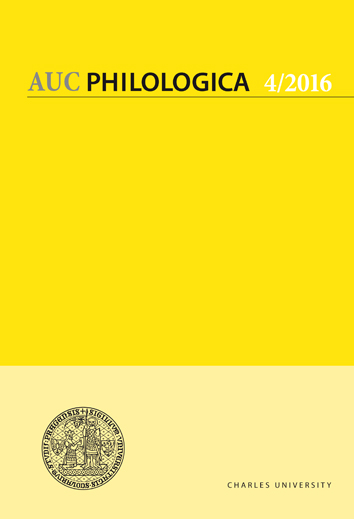Verwechslungsfehler oder Wandel - Sprachliche Veränderungen der Gegenwart und ihre lexikografische Dokumentation
Lexical Confusion or Change - Current Language Change and its Lexicographic Documentation
Author(s): Petra Storjohann, Ulrich SchnörchSubject(s): Language and Literature Studies
Published by: Univerzita Karlova v Praze, Nakladatelství Karolinum
Keywords: paronymy; corpus linguistics; semantic change
Summary/Abstract: Lexicographic meaning descriptions of German lexical items which are formally and semantically similar and therefore easily confused (so-called paronyms) often do not reflect their current usage of lexical items. They can even contradict one’s personal intuition or disagree with lexical usage as observed in public discourse. The reasons are manifold. Language data used for compiling dictionaries is either outdated, or lexicographic practice is rather conventional and does not take advantage of corpus-assisted approaches to semantic analysis. Despite of various modern electronic or online reference works speakers face uncertainties when dealing with easily confusable words. These are for example sensibel/sensitiv (sensitive) or kindisch/kindlich (childish/childlike). Existing dictionaries often do not provide satisfactory answers as to how to use these sets correctly. Numerous questions addressed in online forums show where uncertainties with paronyms are and why users demand further assistance concerning proper contextual usage (cf. Storjohann 2015). There are different reasons why users misuse certain items or mix up words which are similar in form and meaning. As data from written and more spontaneous language resources suggest, some confusions arise due to ongoing semantic change in the current use of some paronyms. This paper identifies shortcomings of contemporary German Dictionaries and discusses innovative ways of empirical lexicographic work that might pave the way for a new data-driven, descriptive reference work of confusable German terms. Currently, such a guide is being developed at the Institute for German Language in Mannheim implementing corpora and diverse corpus-analytical methods. Its objective is to compile a dictionary with contrastive entries which is a useful reference tool in situation of language doubt. At the same time, it aims at sensitizing users of context dependency and language change.
Journal: Acta Universitatis Carolinae Philologica
- Issue Year: 2016
- Issue No: 4
- Page Range: 133-172
- Page Count: 40
- Language: German

